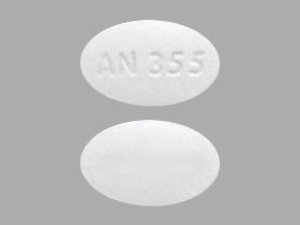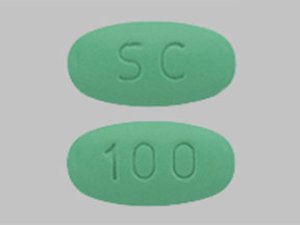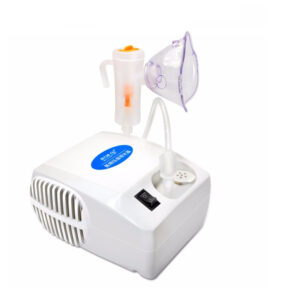Through Pediatric Research Equity Act (PREA) postmarketing requirements (PMR), FDA required drug sponsors to evaluate pharmacokinetics (PK), efficacy, and safety of extended-release stimulants in children 4 to 5 years of age. Although the Agency determined that extended-release stimulants are generally safe and effective for older age groups, product labeling for 4 extended-release stimulants include a Limitation of Use statement describing that younger children experienced higher exposures at the same dose relative to older pediatric age groups and higher rates of adverse reactions, including weight loss.
To understand the application of the existing Limitation of Use to all extended-release formulations of amphetamine and methylphenidate, the Agency evaluated differences in PK profiles and exposure-response relationships across pediatric age groups and assessed the short- and long-term effects on weight in children 4 to younger than 6 years of age. Following an assessment of the available clinical trial data in these children, the Agency identified the following:
- Drug exposures were generally higher relative to older children at the same dose
- Higher drug exposures were linked to a greater risk of adverse reactions
- Clinically significant weight loss (at least 10% decrease in the Centers for Disease Control and Prevention (CDC) weight percentile1) was observed in both short- and long-term studies with extended-release stimulants
- Findings are consistent for both amphetamine and methylphenidate-containing products
Because the safety profiles for amphetamine and methylphenidate are generally similar and their pharmacodynamic effects are strongly linked to their PK profiles, it is reasonable to expect that that the results of this assessment apply to all formulations of extended-release amphetamine and methylphenidate, and that there is an unfavorable benefit-risk profile for children younger than 6 years taking these medications for ADHD.







